- Have any questions?
- +86-189 8930 5995
- sales@mosinterchem.com.cn
Sodium diethyldithiocarbamate CAS 148-18-5

Thymolphthaiein CAS 125-20-2
17/12/2018
Barium carbonate CAS 513-77-9
17/12/2018| Model: | MOS 148-18-5 |
| Brand Name: | MOSINTER |
| CAS: | 148-18-5 |
| Molecular Formula: | C5H10NNAS2 |
| Molecular mass: | 171.25 |
| Melting point: | 95 °C |
| Boiling point: | 176.4°C at760mmHg |
| Density: | 1.086g/cm3 |
| solubility in water: | >=10 G/100 ML AT 14 ºC |
Sodium diethyldithiocarbamate (CAS: 148-18-5)
| Item | Index |
| Melting point ℃ | 95 |
| Boiling Point ℃ | 176.4 |
| Flash Point ℃ | 60.5 |
| Density(g/cm3) | 1.086 |
Sodium diethyldithiocarbamate is the organosulfur compound with the formula NaS2CN(C2H5)2.
Ligand bonding
The diethyldithiocarbamate ion chelates to many “softer” metals via the two sulfur atoms. Other more
complicated bonding modes are known including binding as unidentate ligand and a bridging ligand using
one or both sulfur atoms.
Spin trapping of nitric oxide radicals
Complexes of Dithiocarbamates with iron provide one of the very few methods to study the formation of nitric
oxide (NO) radicals in biological materials. Although the lifetime of NO in tissues is too short to allow detection
of this radical itself, NO readily binds to iron-dithiocarbamate complexes. The resulting mono-nitrosyl-iron
complex (MNIC) is stable, and may be detected with Electron Paramagnetic Resonance (EPR) spectroscopy.
In cancer
The effect of diethyldithiocarbamate of chelating zinc inhibits metalloproteinases, which in turn prevents the
degradation of extracellular matrix, which is an initial step in cancermetastasis and angiogenesis.
Antioxidant
Diethyldithiocarbamate inhibits superoxide dismutase, which can both have antioxidant and oxidant
effects on cells, depending on the time of administration.
In metabolism
Diethyldithiocarbamate has been described to interfere with glucocorticoid metabolism, by inhibiting
the activity of the enzyme 11beta-hydroxysteroid dehydrogenase type 2, which converts cortisol to cortisone.
You must be logged in to post a review.

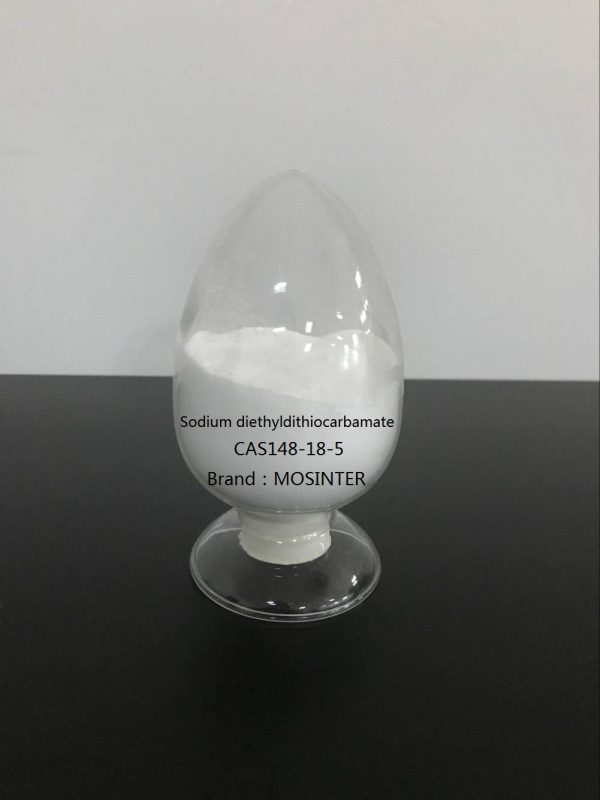
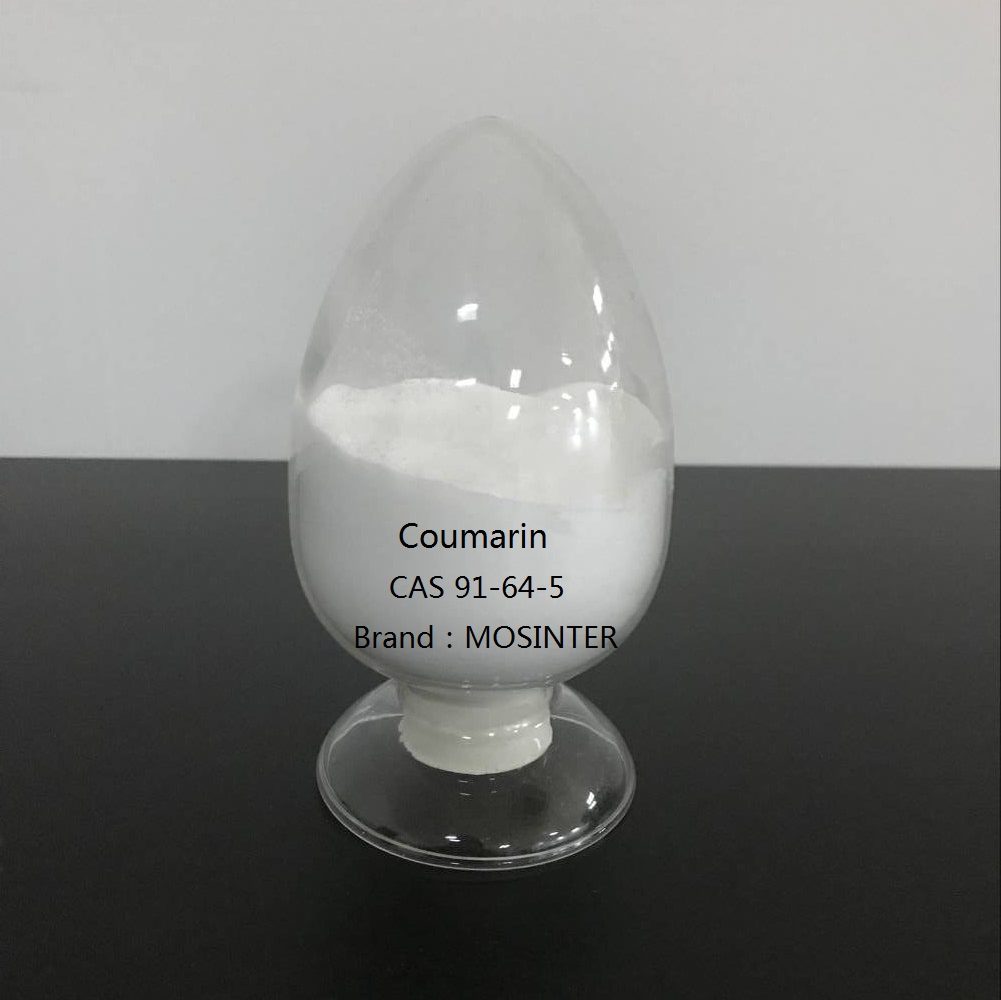
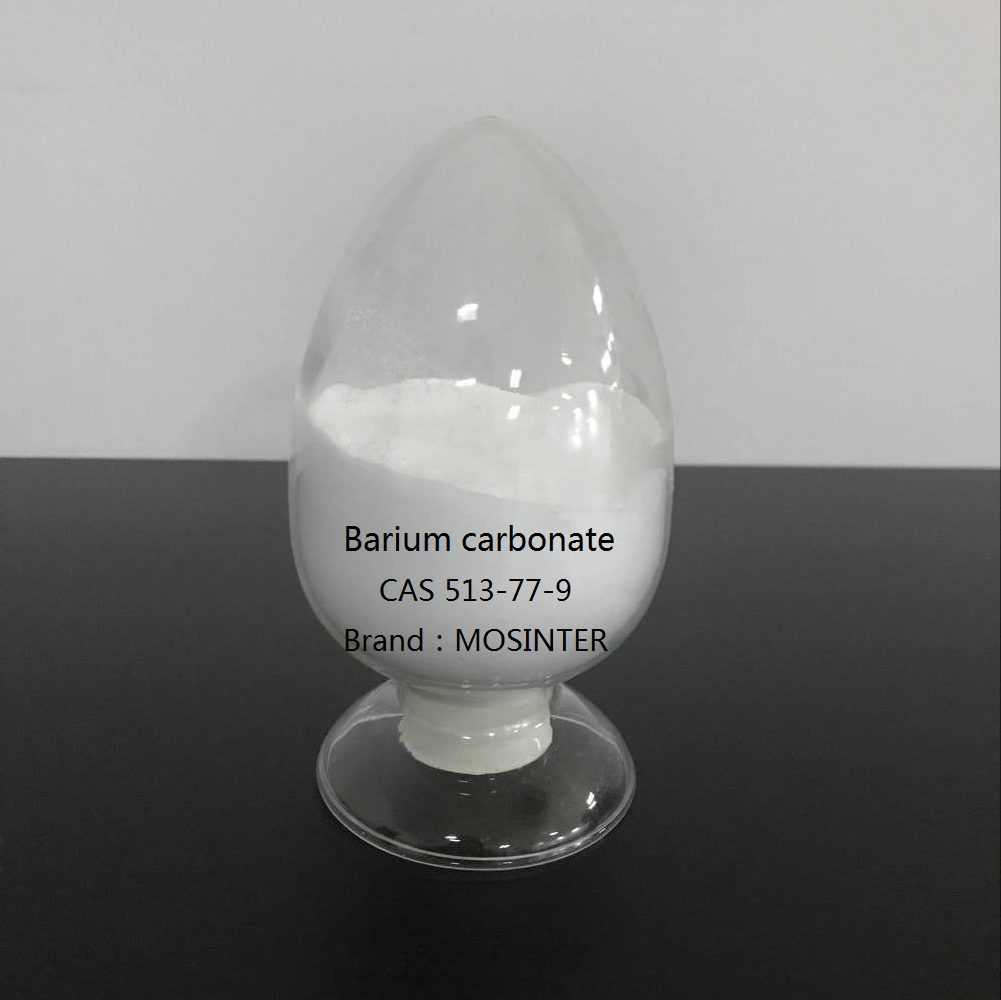
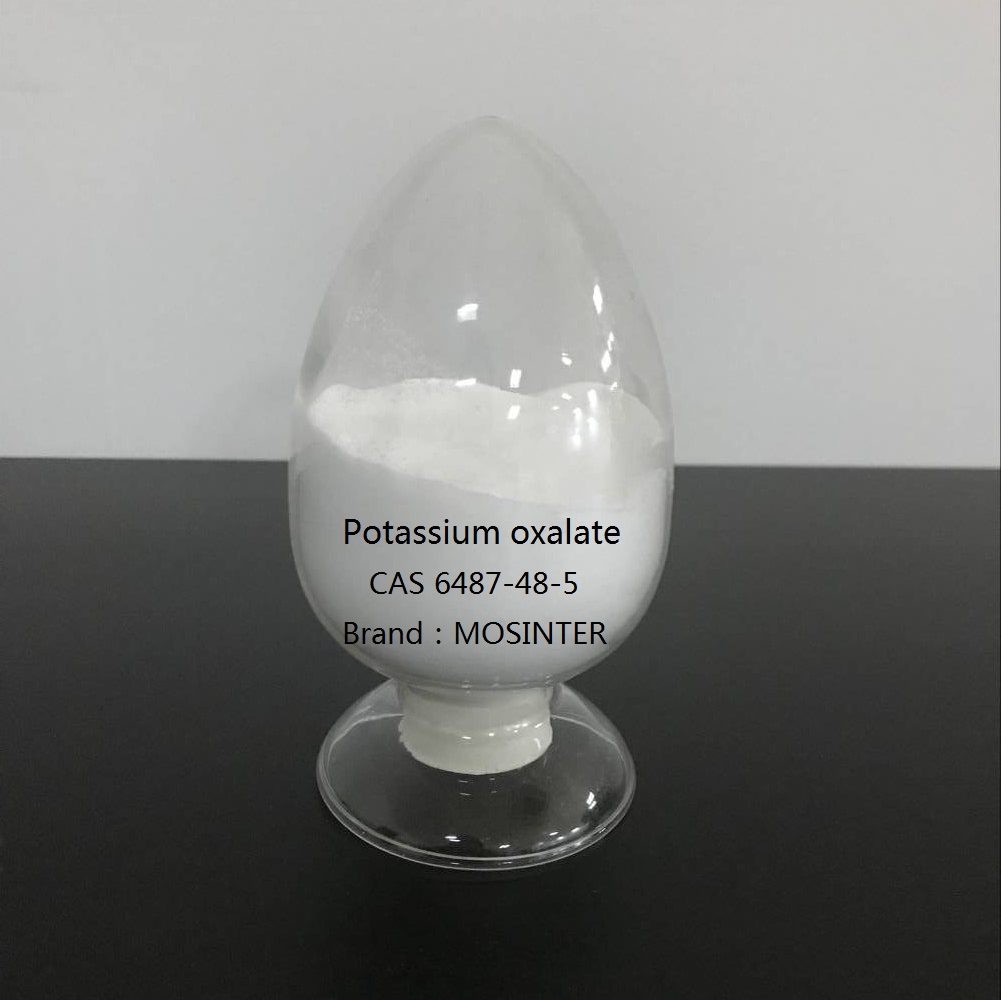
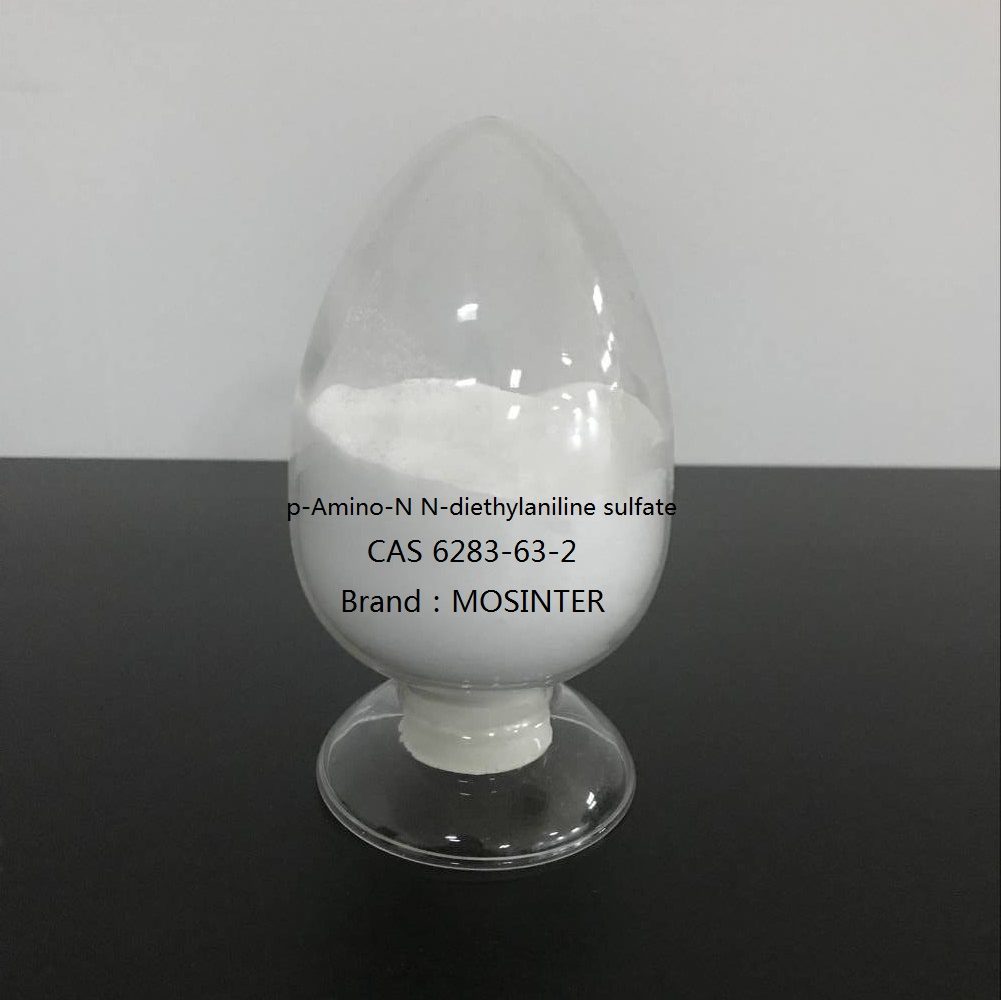
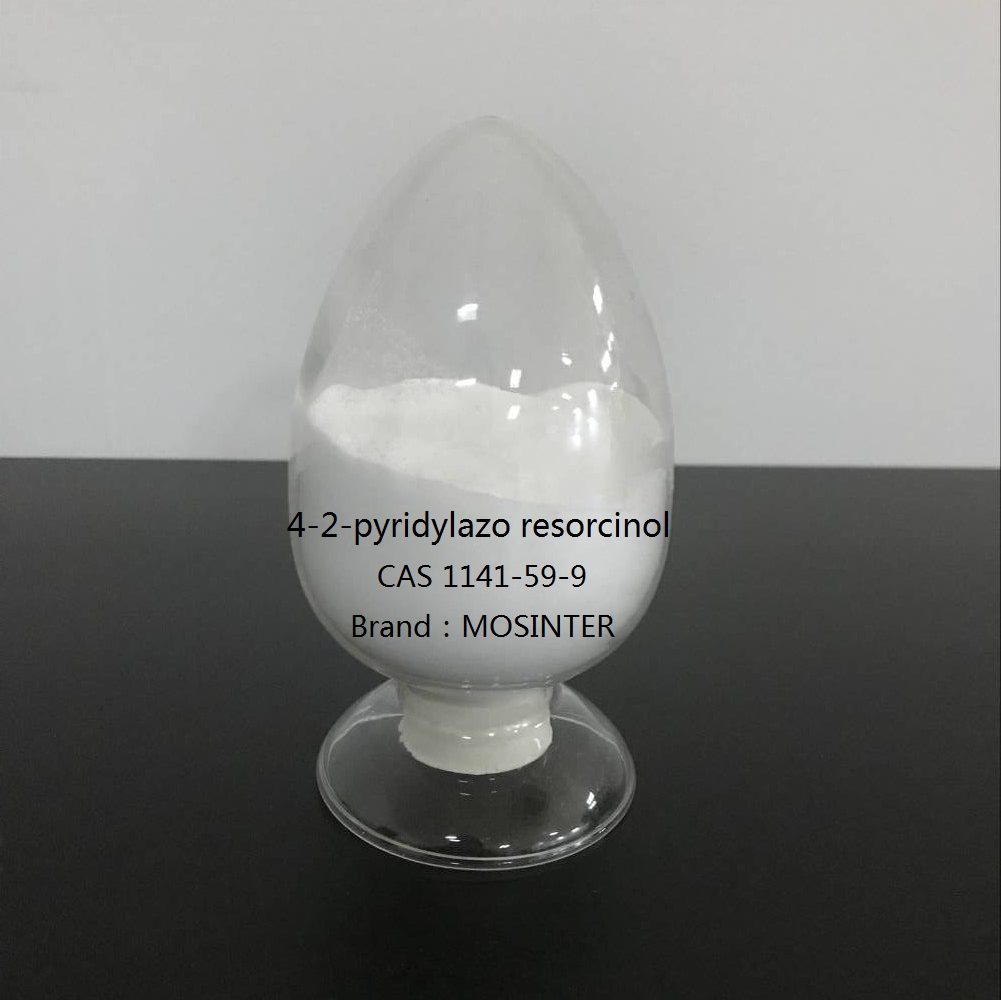
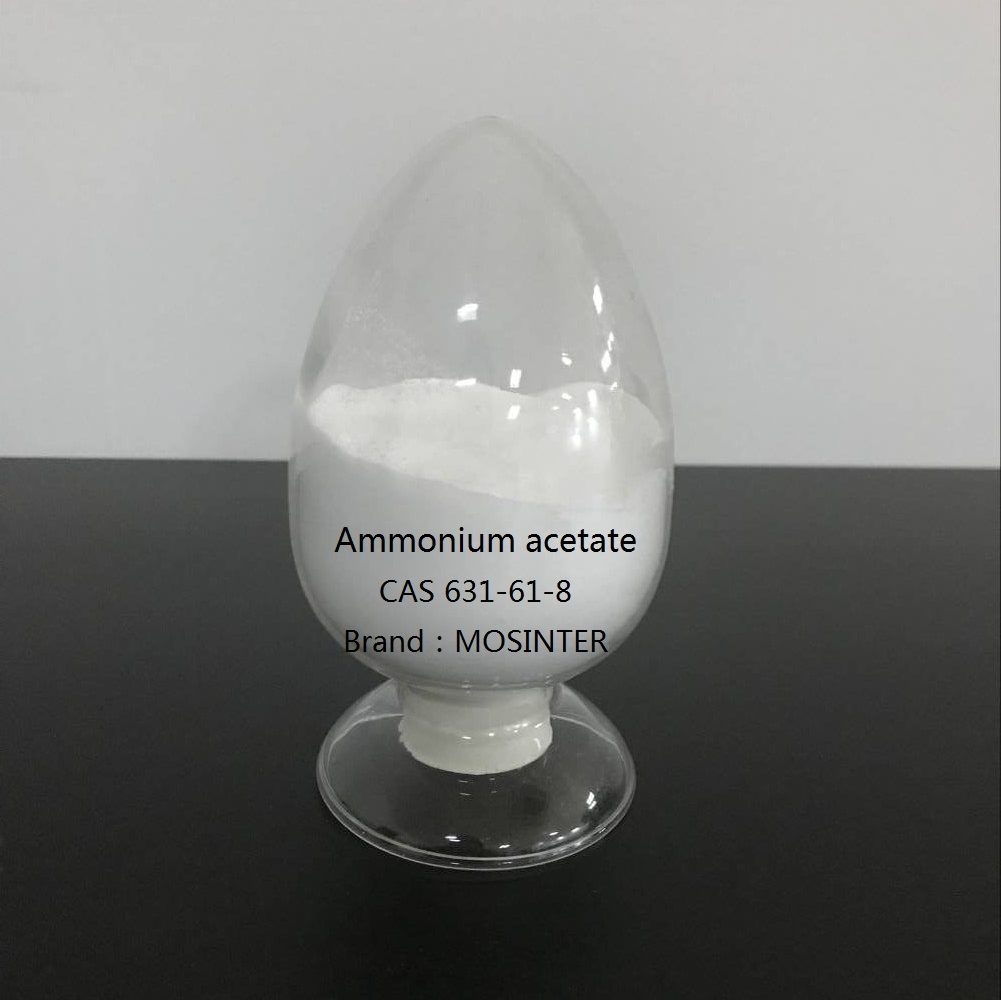
Reviews
There are no reviews yet.